Hair loss is a common concern that affects both men and women. However, women tend to face unique challenges when it comes to hair loss, as society places a significant emphasis on feminine beauty and long, flowing locks. Female hair transplant procedures have emerged as an effective solution to address this issue and restore confidence and natural beauty to women facing hair loss.
In this comprehensive guide, we will delve into the world of female hair transplants, exploring the various techniques, benefits, considerations, and frequently asked questions surrounding this transformative procedure. Whether you are personally experiencing hair loss or seeking knowledge about female hair transplants for someone you care about, this article aims to provide the expertise, authority, and trust necessary to make informed decisions.
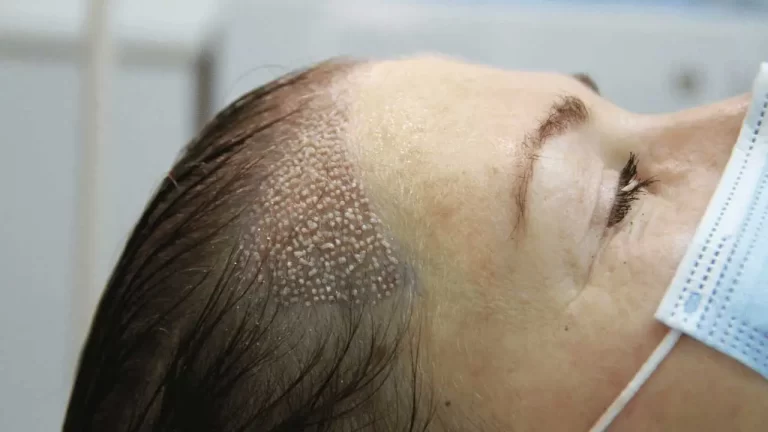
What is Female Hair Transplant?
Hair transplantation is a surgical procedure that involves moving hair follicles from one area of the body, typically referred to as the "donor site," to a bald or thinning area, known as the "recipient site." While hair transplants are often associated with male pattern baldness, they have also proven to be a successful solution for women experiencing hair loss.
How Does Female Hair Transplant Work?
Female hair transplant procedures typically utilize the same basic principles as those for men. The most commonly used technique is called Follicular Unit Transplantation (FUE), also known as the strip method. Here's a breakdown of the process:
Step 1: Consultation: The first step in any hair transplant journey is a thorough consultation with a qualified hair transplant surgeon. During this initial meeting, the surgeon will assess the patient's hair loss pattern, overall health, and suitability for the procedure.
Step 2: Donor Site Selection: In female hair transplants, the donor site is usually the back or sides of the scalp, where hair growth is usually dense and unaffected by hormonal factors. The surgeon carefully selects the donor area to ensure optimal results.
Step 3: Harvesting the Donor Hair: In FUE, the surgeon removes a narrow strip of scalp from the donor area, which is then divided into individual hair follicles under a microscope. This meticulous process ensures that the grafts extracted are of high quality.
Step 4: Preparing the Recipient Site: The surgeon makes tiny incisions in the recipient area, customizing the size and angle of each incision to mimic the natural hair growth pattern. This step is crucial for achieving a natural-looking result.
Step 5: Graft Placement: The individual hair follicles, also known as grafts, are carefully placed into the recipient site, taking into account the density, direction, and overall aesthetic goals. The surgeon's skill and artistry play a vital role in creating a natural-looking hairline and overall hair density.
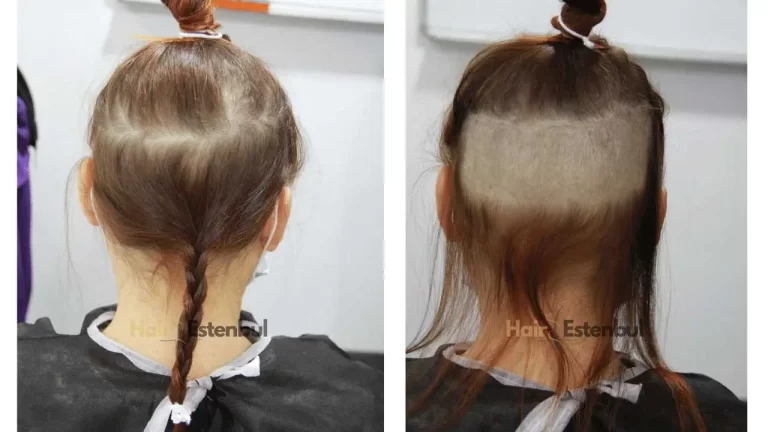
The Benefits of Female Hair Transplant
Female hair transplant procedures offer a multitude of benefits, providing women with an opportunity to regain their confidence and restore their natural beauty. Some of the key advantages include:
Improved Appearance: Hair loss can significantly impact a woman's self-esteem and body image. Female hair transplants offer a permanent solution to regain a full head of hair, enhancing the overall appearance and restoring youthful vitality.
Natural and Permanent Results: The transplanted hair follicles are resistant to the effects of hormones that cause hair loss, ensuring that the results are long-lasting and require no further maintenance beyond regular hair care practices.
Boosted Self-Confidence: A full head of hair can have a profound effect on a woman's self-confidence and overall quality of life. Female hair transplants provide a renewed sense of self-assurance, enabling women to face the challenges of hair loss with increased confidence and self-esteem.
Versatility in Hairstyling: With restored hair, women have the freedom to experiment with various hairstyles, from long and flowing locks to trendy cuts or updos. The transplanted hair can be styled, colored, and treated just like natural hair, offering endless possibilities for self-expression.
No Visible Scarring: Female hair transplant techniques, particularly the FUE method, leave minimal scarring, which is easily concealed by the surrounding hair. This allows women to wear their hair short or in a ponytail without worrying about noticeable scars.
Minimal Downtime: Recovery time after a female hair transplant is typically minimal, allowing women to return to their daily routines relatively quickly. Most individuals can resume work and regular activities within a few days, with proper post-operative care.
Female Hair Transplant Turkey Before and After
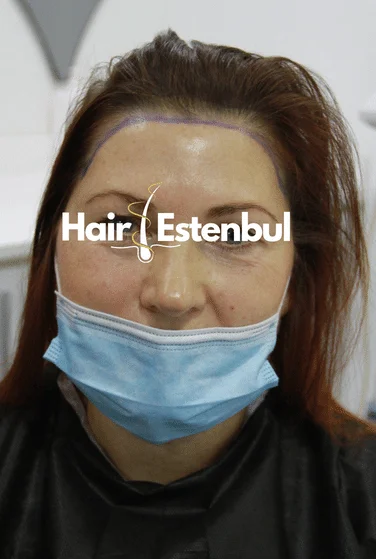
BEFORE

AFTER
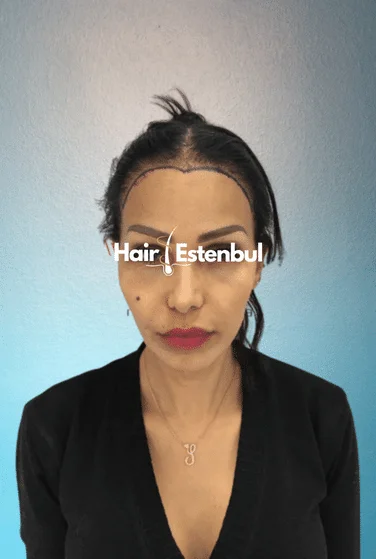
BEFORE

AFTER
Factors to Consider Before a Female Hair Transplant
While female hair transplant procedures offer remarkable results, it is crucial to consider certain factors before deciding to undergo the surgery. Here are some key considerations:
Hair Loss Cause and Stability
Hair loss in women can be caused by a variety of factors, including genetics, hormonal changes, medical conditions, and lifestyle. It is essential to identify the underlying cause of hair loss to determine if a hair transplant is the appropriate solution. Additionally, hair loss stability is an important factor, as individuals experiencing active hair loss may require further treatments or adjustments to maintain the desired results.

Overall Health and Eligibility
As with any surgical procedure, it is crucial to be in good overall health before undergoing a female hair transplant. Certain medical conditions or medications may affect the eligibility for surgery. It is important to discuss your medical history, including any existing health conditions or ongoing treatments, with the hair transplant surgeon during the consultation process.
Realistic Expectations
Having realistic expectations is vital for a satisfactory outcome. While female hair transplants can provide significant improvement, it is essential to understand that the results may vary depending on individual factors such as hair density, donor site availability, and the extent of hair loss. A thorough consultation with the surgeon will help set realistic expectations and provide a clearer understanding of the potential outcome.
Cost and Financial Considerations
Female hair transplant procedures are an investment in one's appearance and self-confidence. It is important to consider the cost of the procedure, including pre-operative consultations, surgical fees, post-operative care, and any potential follow-up treatments. Exploring financing options or discussing payment plans with the clinic can help make the procedure more financially manageable.
Choosing the Right Surgeon
Selecting a skilled and experienced hair transplant surgeon is crucial for a successful outcome. Researching and selecting a reputable clinic or surgeon with a proven track record in performing female hair transplants is essential. Look for board certification, positive patient reviews, and before-and-after photos to gauge the surgeon's expertise.
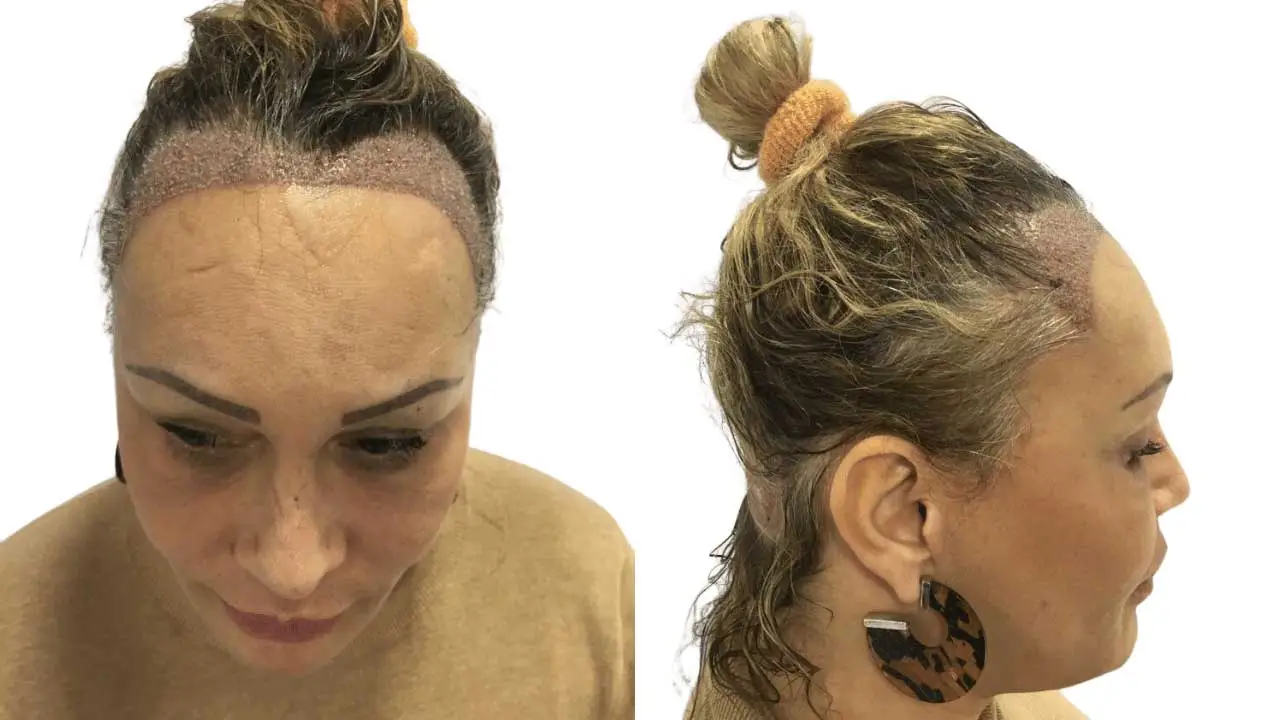
Frequently Asked Questions (FAQs)
Is hair transplant suitable for all types of hair loss in women?
Hair transplant procedures are most effective for women experiencing pattern hair loss, where the hair loss follows a specific pattern similar to male pattern baldness. It may not be suitable for hair loss caused by certain medical conditions or medications. Consulting with a hair transplant surgeon is the best way to determine if you are a suitable candidate.
Are the results of a female hair transplant permanent?
Yes, the results of a female hair transplant are considered permanent. The transplanted hair follicles are resistant to the effects of hormones that cause hair loss, ensuring that the new hair grows and thrives over time. However, it is important to note that hair loss in other areas may continue, requiring further treatments or adjustments to maintain a consistent appearance.
How long does it take to see the full results after a female hair transplant?
Patience is key when it comes to hair transplant results. After the procedure, the transplanted hair follicles undergo a shedding phase before entering a growth phase. It may take several months for the new hair to start growing. Typically, visible results can be seen around 6 to 12 months after the surgery, with continued improvement over time.
Is a female hair transplant a painful procedure?
Hair transplant procedures are generally well-tolerated, and discomfort is minimal. Local anesthesia is administered to numb the donor and recipient areas, ensuring a pain-free experience during the surgery. Some patients may experience mild soreness or discomfort in the days following the procedure, but this can be easily managed with prescribed pain medication.
Are there any risks or potential complications associated with female hair transplants?
As with any surgical procedure, there are certain risks involved with female hair transplants. These risks can include infection, bleeding, scarring, and the possibility of an unnatural-looking hairline if not performed by an experienced surgeon. However, these complications are rare when the procedure is carried out by a skilled professional in a reputable clinic. It is crucial to thoroughly research and choose a qualified surgeon to minimize any potential risks.
Can I undergo a female hair transplant if I have very thin hair?
The success of a hair transplant procedure depends on the availability of donor hair follicles and the overall hair density in the recipient area. Individuals with very thin hair may have limitations in terms of achieving the desired density. However, a thorough consultation with a hair transplant surgeon will help determine the feasibility and expected outcome based on your specific hair characteristics.

